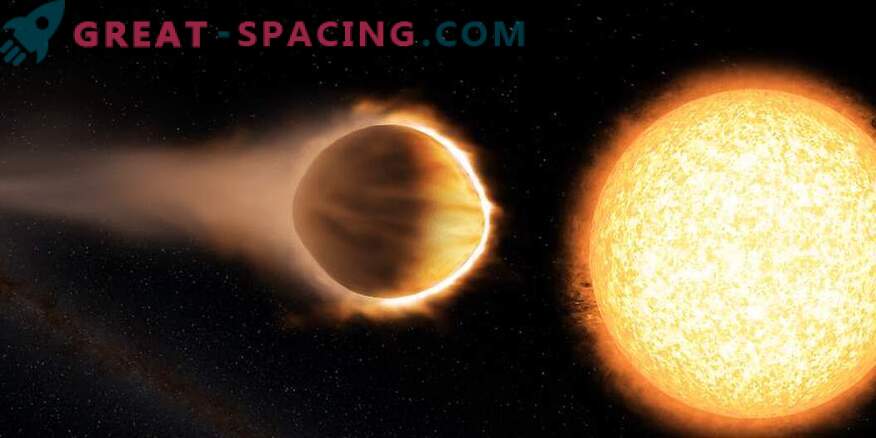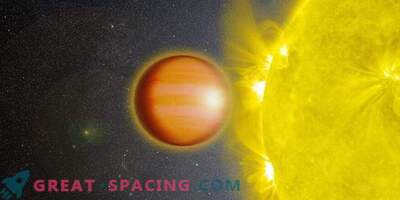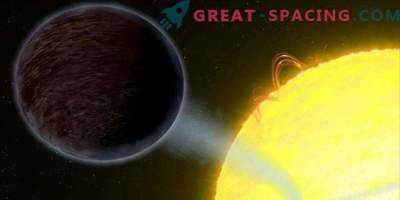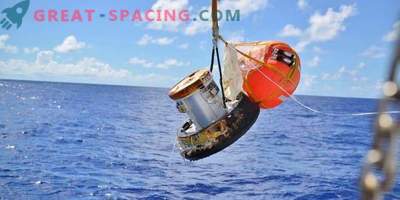
Researchers are convinced that the extra-solar object has a hot enough atmosphere to boil iron. They discovered this when they observed luminous water molecules in the atmosphere of exoplanets WASP-121b.
In order to examine the stratosphere of the gas giant, it was necessary to apply spectroscopy that tracks the change in brightness at different wavelengths. For example, the behavior of water vapor is predictable and based on the temperature of water. When the heating decreases, the steam blocks certain wavelengths coming from deeper layers. But at high rates, the molecules run high.
The water molecules in the WASP-121b create rays because they waste energy. But they are located in infrared light, so this is not visible in direct observation. Theoretically, the possibility of the appearance of ultra-hot exoplanets has already been discussed.
WASP-121b is located 900 light years and belongs to the class of hot Jupiter. The orbital path takes 1.3 days. Its distance is quite dangerous, but gravity does not start the process of destruction of the object. Such proximity suggests that the upper atmospheric layer is heated to 2500 ° C.

In the case of the Earth's stratosphere, ozone picks up UV rays and raises the temperature mark. Within the solar system, the change in temperature in the stratosphere usually reaches 100 ° C. But the WASP-121b - at 1000 ° C.
Potential heat sources are vanadium oxide and oxide gases, because they absorb starlight. They are supposed to be present in the hottest hot jupiter, like WASP-121b.
For the first time, scientists were able to prove the presence of stratospheres on other planets and notice luminous water molecules. Further studies are planned with the telescope of James Webb.











































